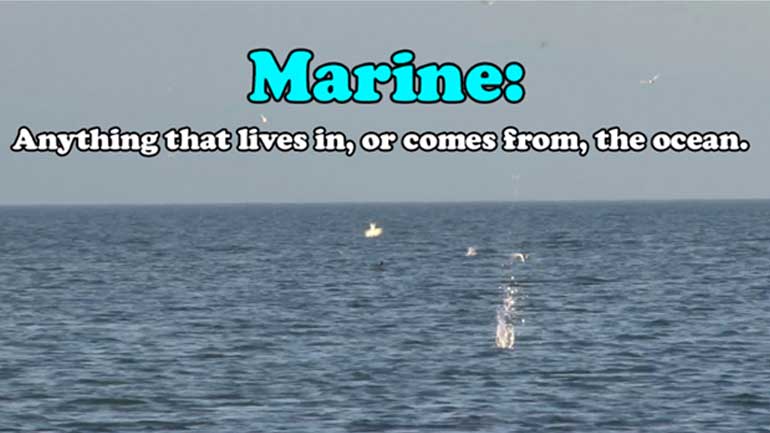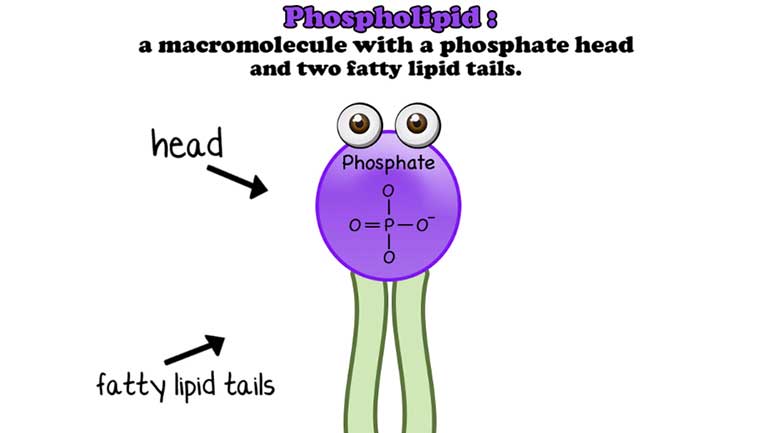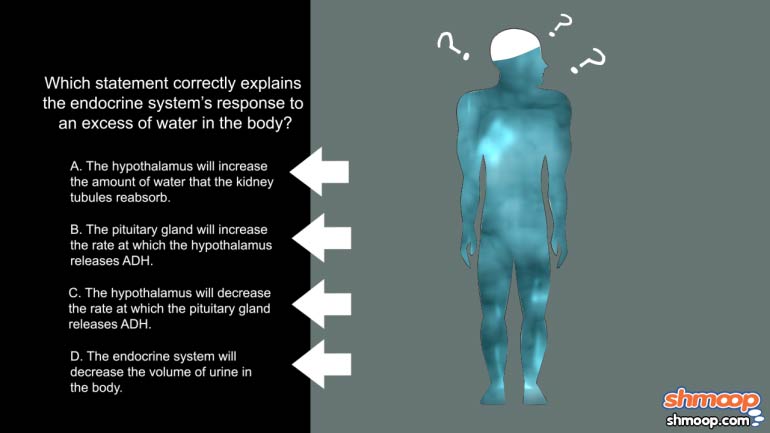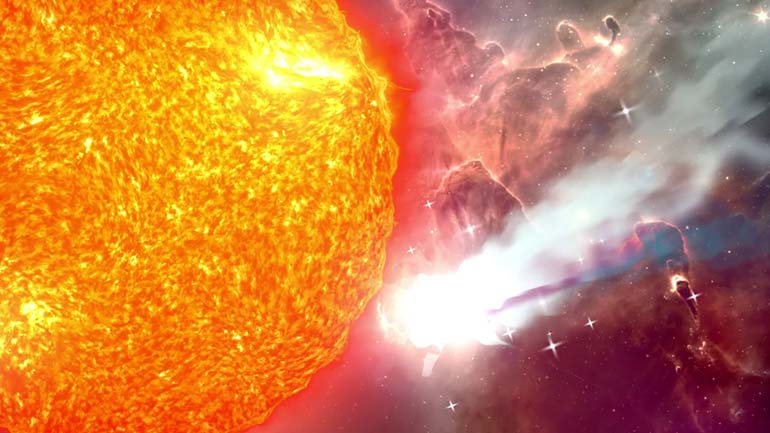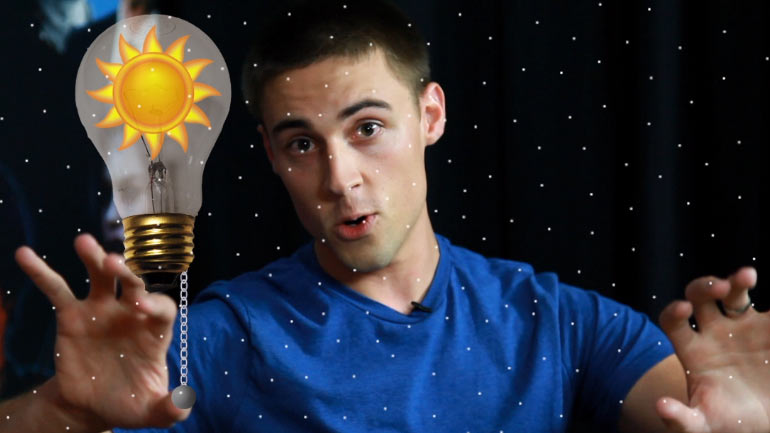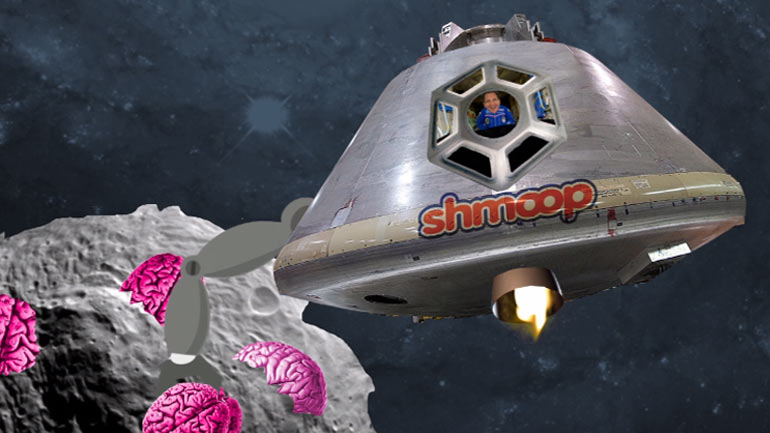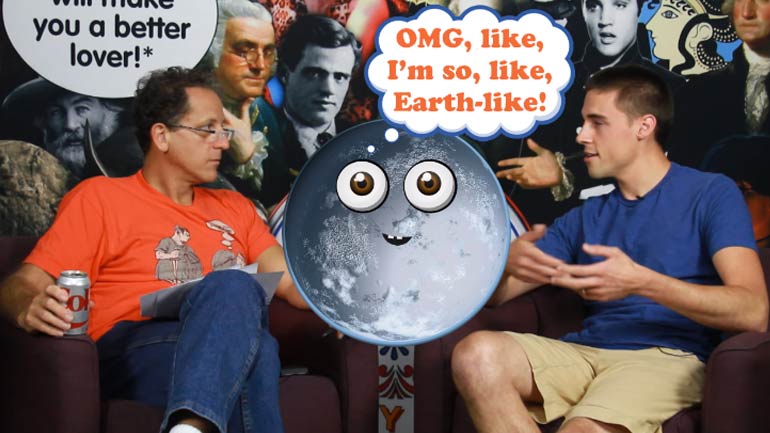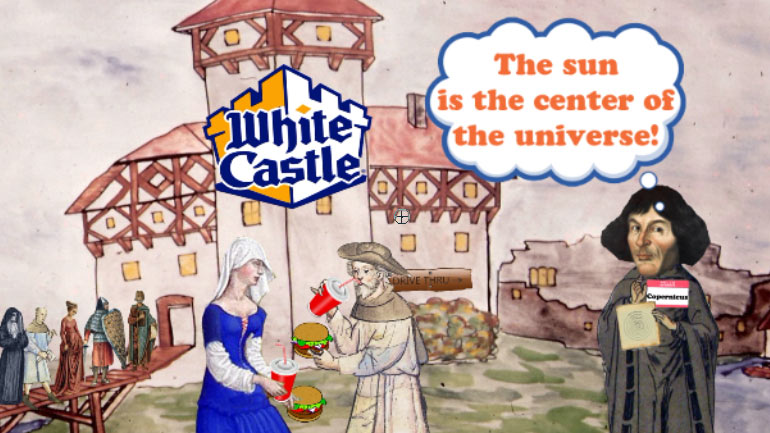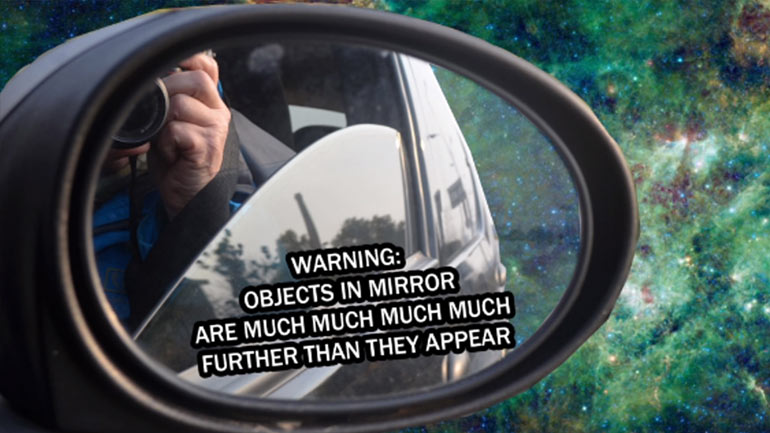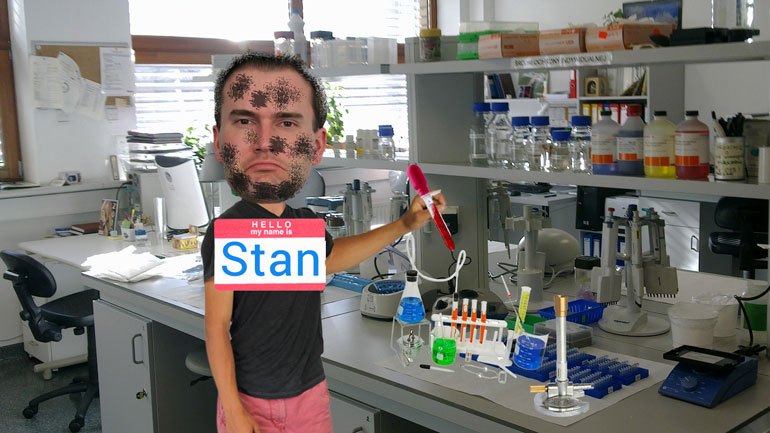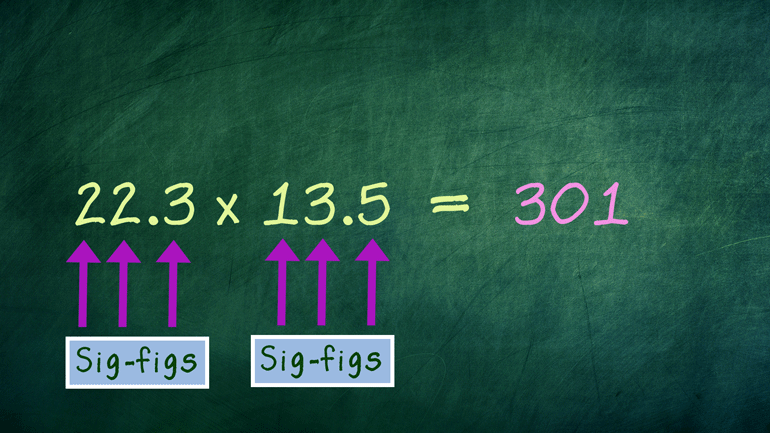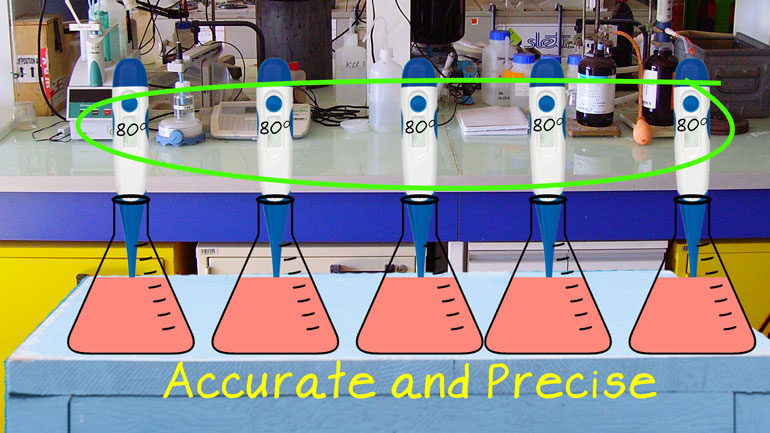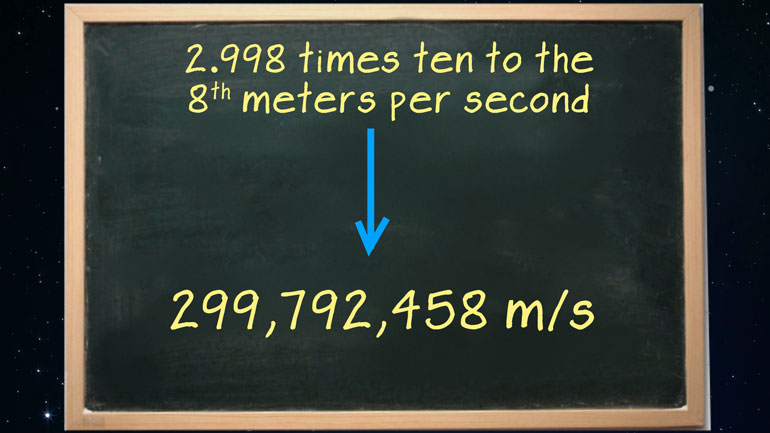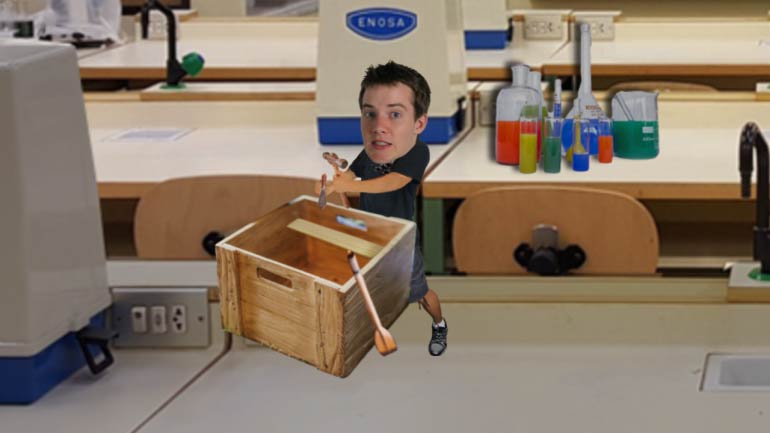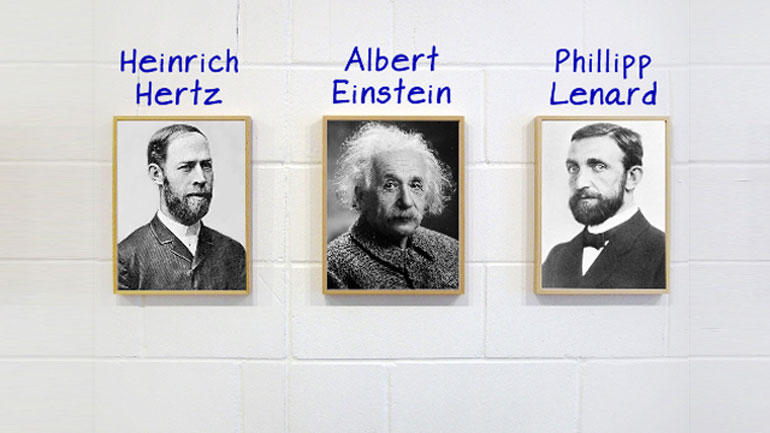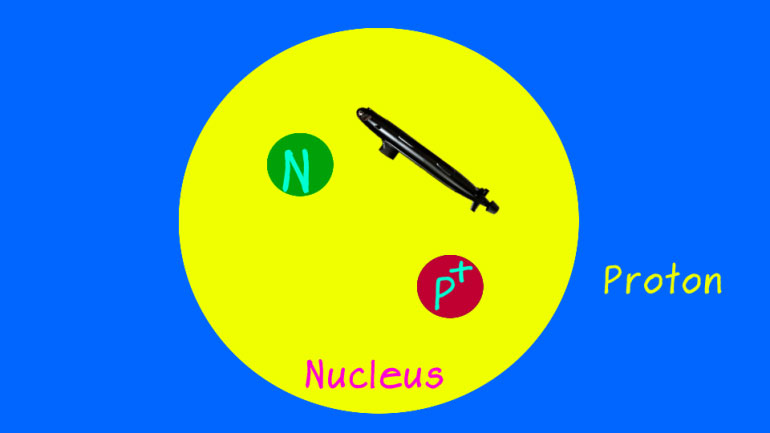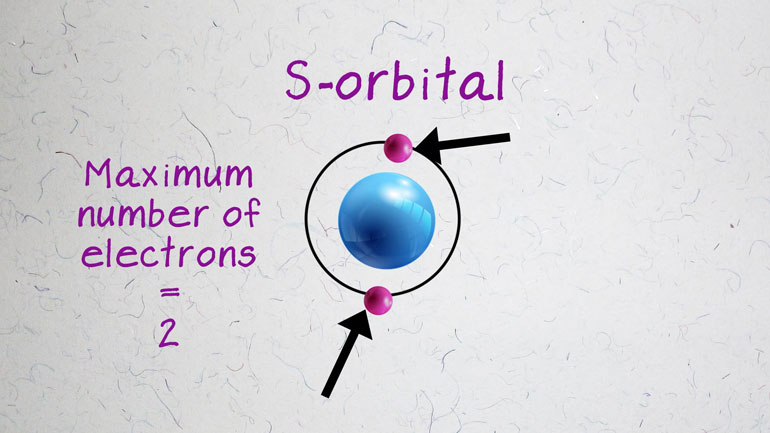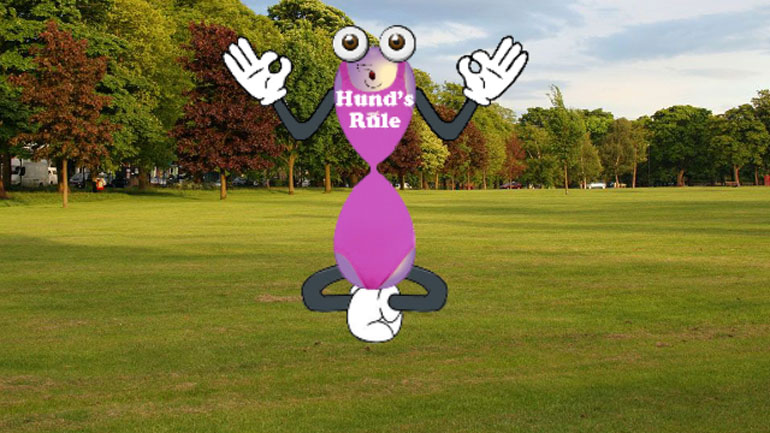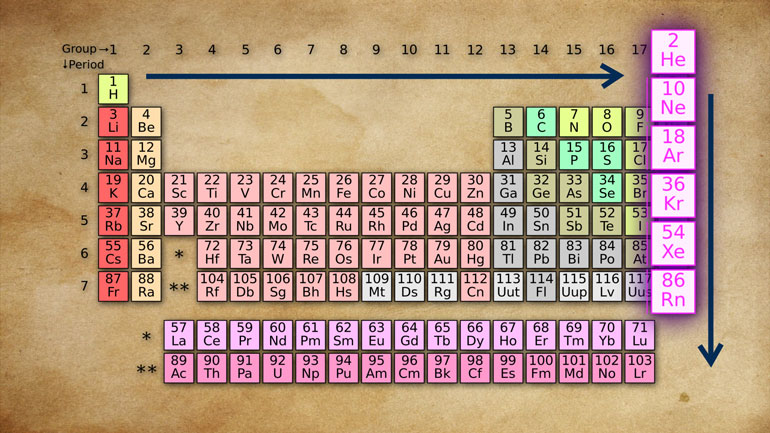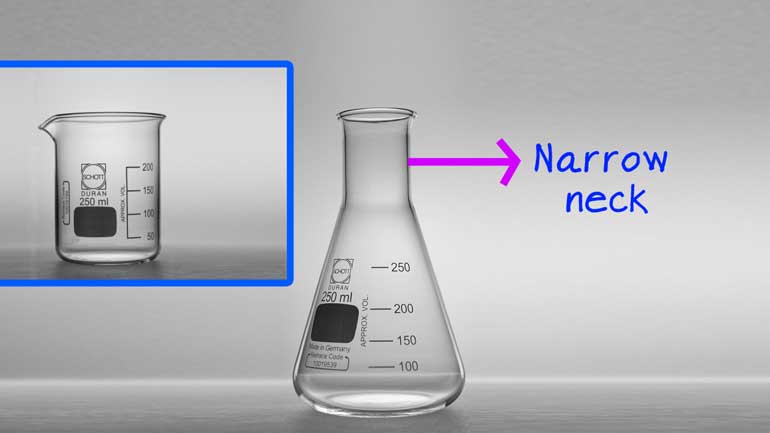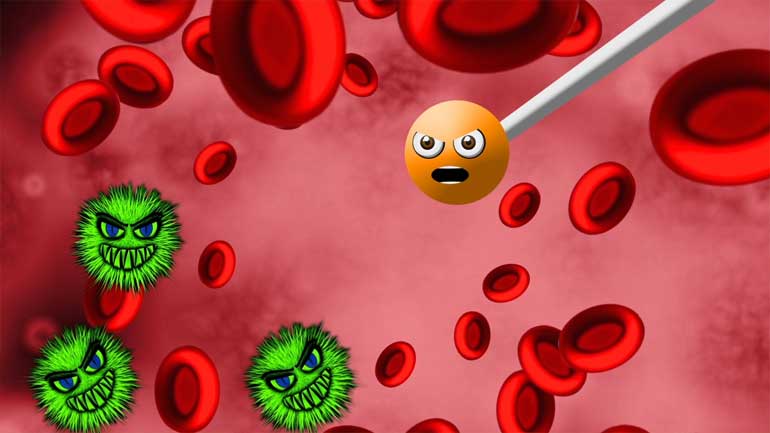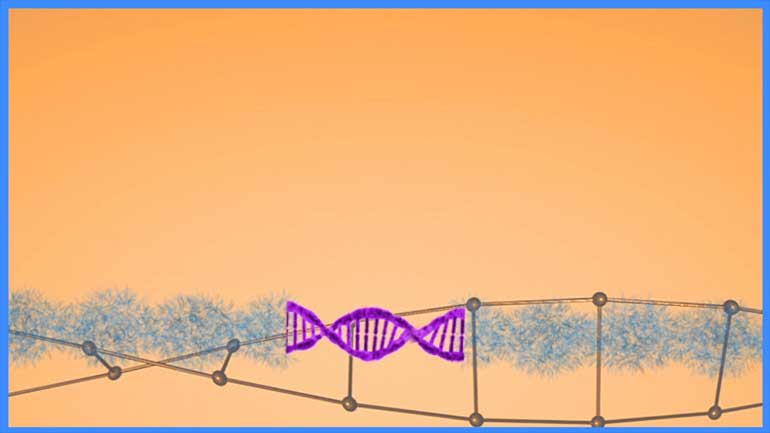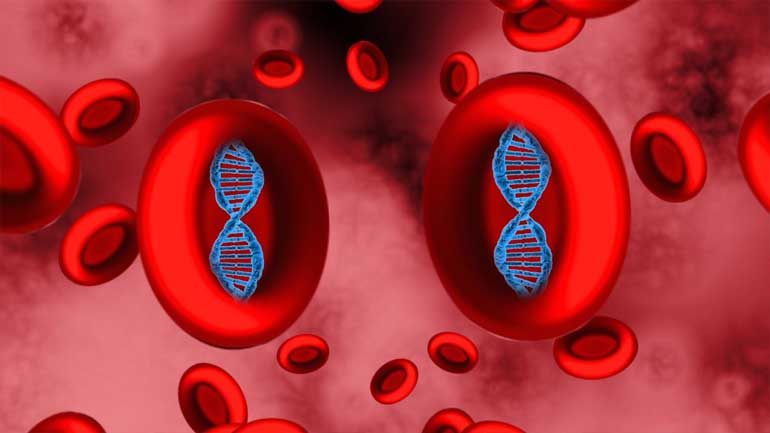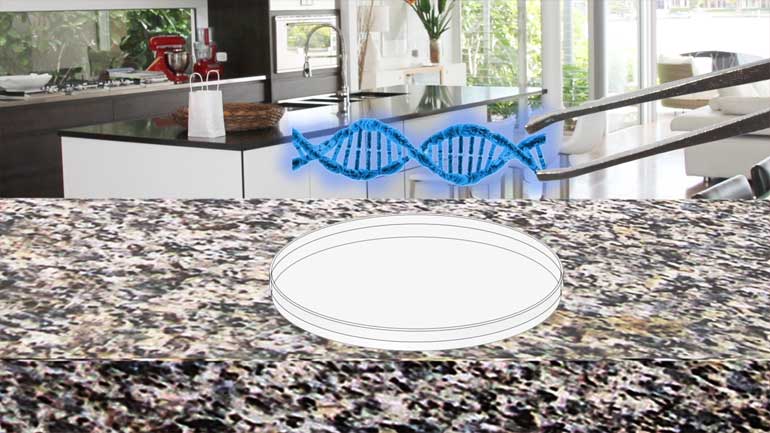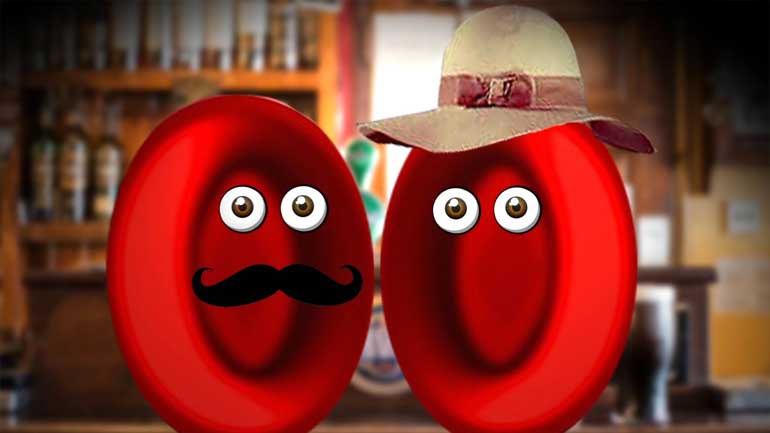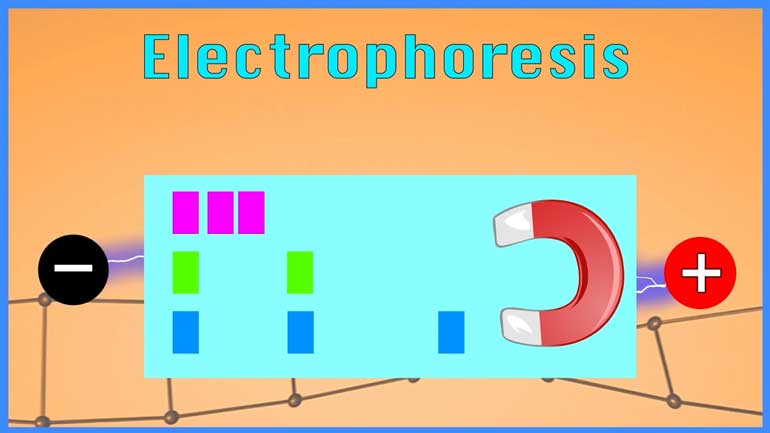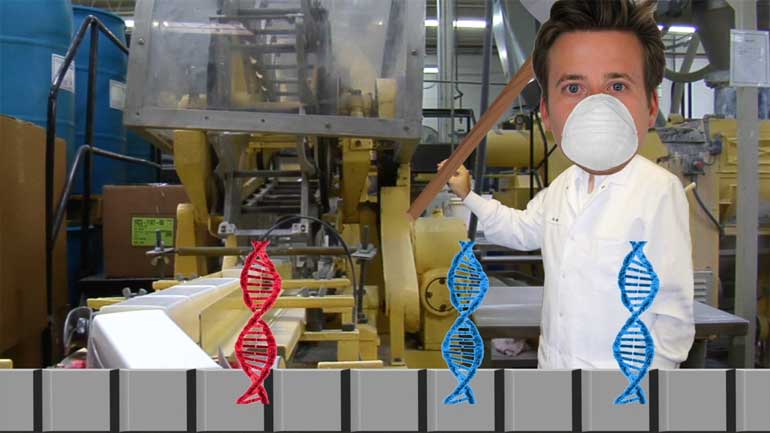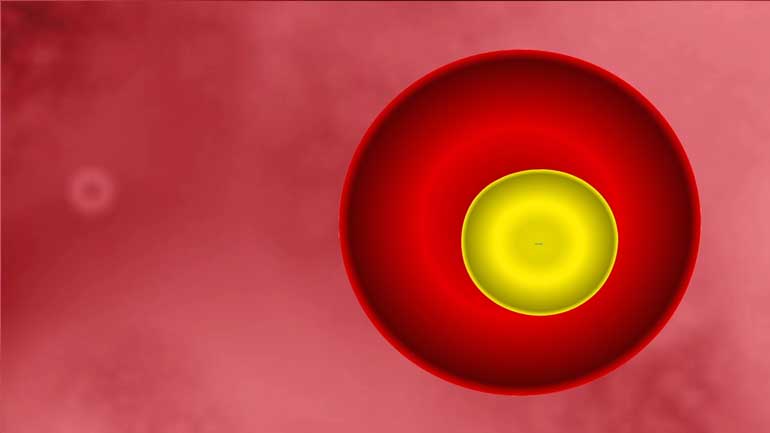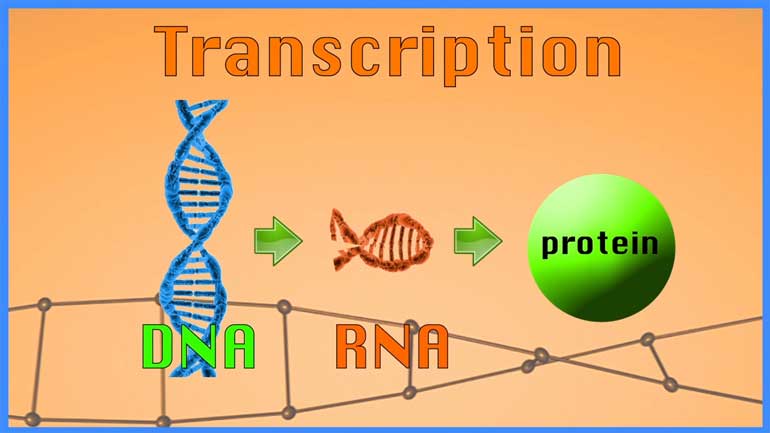ShmoopTube
Where Monty Python meets your 10th grade teacher.
Search Thousands of Shmoop Videos
Science Videos 686 videos
In this video, we dive beneath the sea to review the kinds of interesting animals that live in the deep blue.
Anything that has a cell (bacteria, listen up!) has phospholipids that keep the cell contained and give it form and shape. Phospholipids protect us...
What is a Parsec? 539 Views
Share It!
Description:
We’re pretty sure that a parsec is the amount of time it takes a golfer to make par, but just in case we’re wrong, let’s check out this video.
Transcript
- 00:00
Thank you We speak What on earth is a par
- 00:06
sec A watchman Okay so you're in the kitchen Mom
- 00:10
ask you to pass her the par sec Well chances
- 00:12
are she meant to ask for the parsley It would
- 00:16
be a little hard to hand her a parsecs since
Full Transcript
- 00:17
it's nothing more than a unit of measurement And he
- 00:20
couldn't exactly set an egg timer to measure one either
- 00:22
because despite its misleading name ah par sec is not
- 00:26
a measure of time but a measure of distance Well
- 00:30
how much distance Well considering we're talking in terms of
- 00:33
space you can bet it's going to be more than
- 00:35
on say three or four feet like a light year
- 00:39
As you may know especially if you've ever time to
- 00:41
stop Watch light travels at one hundred eighty six thousand
- 00:44
miles second and there are thirty one million five hundred
- 00:49
thirty six thousand seconds in a year On a second
- 00:53
year a light year is the distance light can travel
- 00:57
in one year so one hundred eighty six thousand times
- 01:01
thirty one million five hundred six thousand gives us almost
- 01:03
six trillion miles in a light year Trillian sixteen Yeah
- 01:13
a par sec is three point two six light years
- 01:17
for nineteen point two trillion miles a long way But
- 01:22
why do we need a unit of measurement that seems
- 01:24
so random aren't lightyears and miles enough Do we really
- 01:28
need to throw another unit into the next round Like
- 01:31
all things science there's actually a pretty sensible reason for
- 01:33
us to use parsecs when calculating interstellar distance well years
- 01:37
ago Many years ago astronomers and gaze at a star
- 01:42
from one end of the earth orbit and then they
- 01:44
see that same star Six months later when earth was
- 01:47
on the opposite side of its orbit well they realized
- 01:51
they could get a baseline for a parallax measurement That
- 01:59
was twice the earth distance to the sun but using
- 02:03
tried and true measuring methods the numbers and get a
- 02:05
tad too unwieldy So they pulled the idea of a
- 02:09
parsecs out of their brains Brains brains where g rated
- 02:15
insurance the particles the distance at which a star would
- 02:19
show a one degree arc Wrong Yeah one degree arc
- 02:25
Second shift if viewed across a baseline of one astronomical
- 02:28
unit Aii the radius of the earth orbit I got
- 02:31
this diagram Here's us here's the sun here's the sun
- 02:36
on weight distance from us to the sun that's one
- 02:41
You are one astronomical unit So you were on the
- 02:47
earth and we look at a star located here a
- 02:50
parallax angle measuring one mark Second is formed See that
- 02:56
distance from our son too That star yeah one parsecs
- 02:59
unfortunately it's a little tough to look at a star
- 03:01
that fits these parameters because well there aren't any No
- 03:04
stars are even that close thinking really oh snap and
- 03:10
an arc second is over tiny so parsons won't really
- 03:14
have too much use to us until telescope for development
- 03:18
That could make sense of that type of very precise
- 03:20
information But now that the technology is available it's a
- 03:26
cinch to measure distances between our son and all the
- 03:29
other stars out there The next time your mom ask
- 03:34
you to hand her the part sack while you could
- 03:35
tell her to go Take a long trip into space 00:03:38.038 --> [endTime] And it won't even be an insult
Related Videos
In this video, we dive beneath the sea to review the kinds of interesting animals that live in the deep blue.
Anything that has a cell (bacteria, listen up!) has phospholipids that keep the cell contained and give it form and shape. Phospholipids protect us...
GMOs. Now that’s a scary word. Or is it? Guess it’s time to ask ourselves: WWMST? ...For those of us who don’t constantly ask ourselves “wh...
